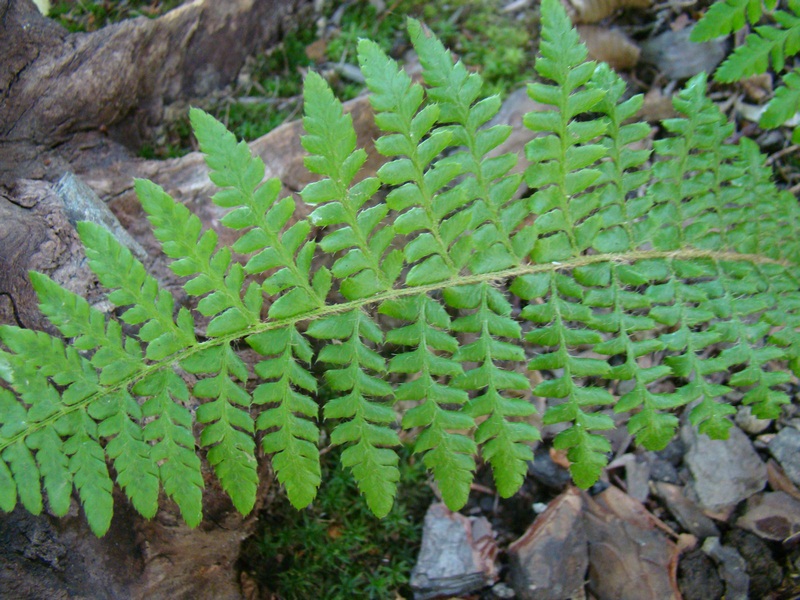Yes, Pola, plants of P. braunii do rarely split their crowns, although this may happen by chance with large, old individuals. Thus the species is mainly propagating by it's spores.
I imaged two larger, older plants, which could be the mother plants to all the others at the small area. At two photos you may see a dense cluster of young, small ferns, growing in deep shadow on constantly humid to wet clay. The place is directly at a small creek or better said a trickle, where water is not always flowing, but the ground is very wet.
A few days ago i found another ocurrence of P. braunii in Graz, close to the city's northern border. I would estimate there were in about 50 plants (or more?), several quite large grown. I took some photos for documentation, and not to forget about by time. It's the least expectable, but true that all 4 native Polystichum spp. were found by me in the area of the city Graz, capitol of Styria, Austria. The most unusual finds were those of two P. lonchitis plants at relatively low elevations. I need to select some of the lately taken photos to show them here.
Kind regards
P.s. right yesterday, 25.01.23 i visited the next, partially very steep and narrow ditch in the N of the city Graz, district Andritz. You may imagine, how wet and slippery the ground was, the ditch partially blocked by fallen wood and thorny thickets of Rubus. At one side arm i saw definitely 100s of Polytichum braunii plants, at some places close together in pure stands! I took a lot of photos of +- "medium quality" for documentation, the light intensity was low since foggy, wet wheather. I estimated the size of a huge example's leaf, which had a length of ca. 1,15m, the blade being ca. 95cm long and nearby tri-pinnate, with deeply dissected pinnulae. I did not estimate the widest part, but it might have been about 25-30cm wide. I surely had not expected to find so many plants of P. braunii in a relatively small area, this species is obviously not rare in my home region.

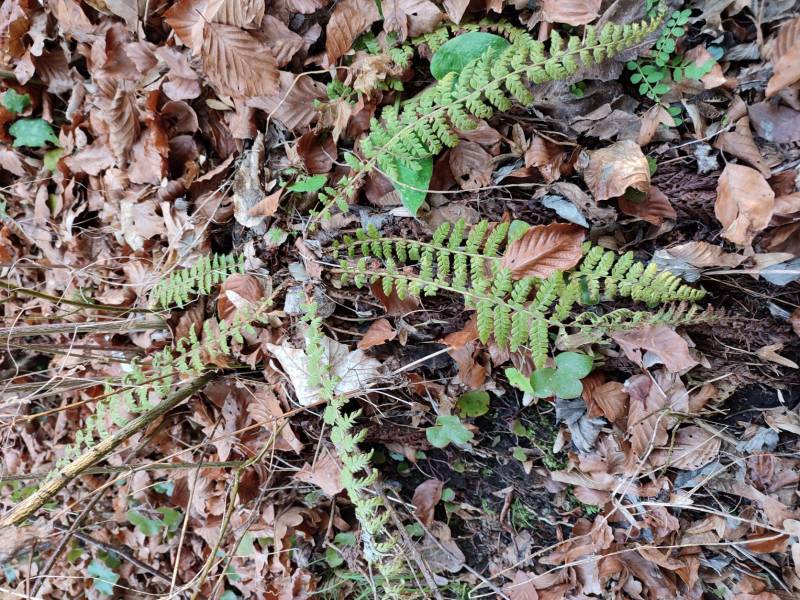


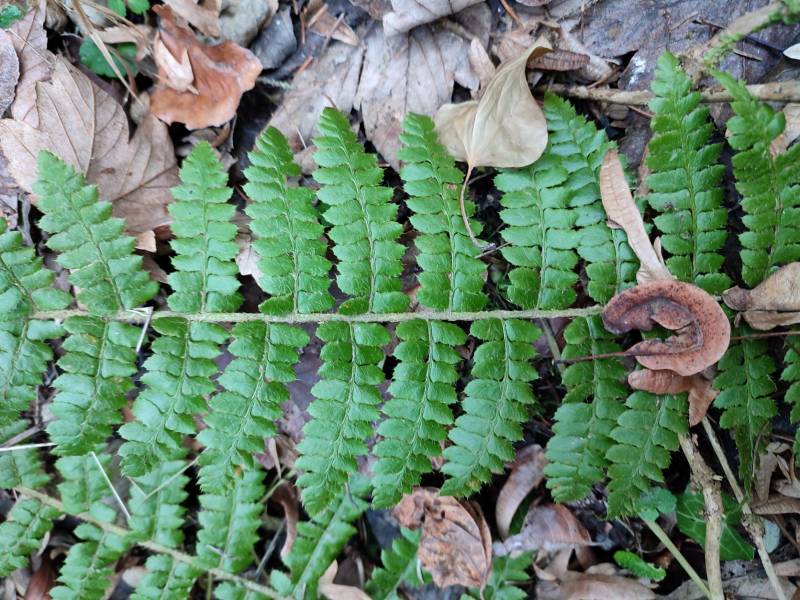

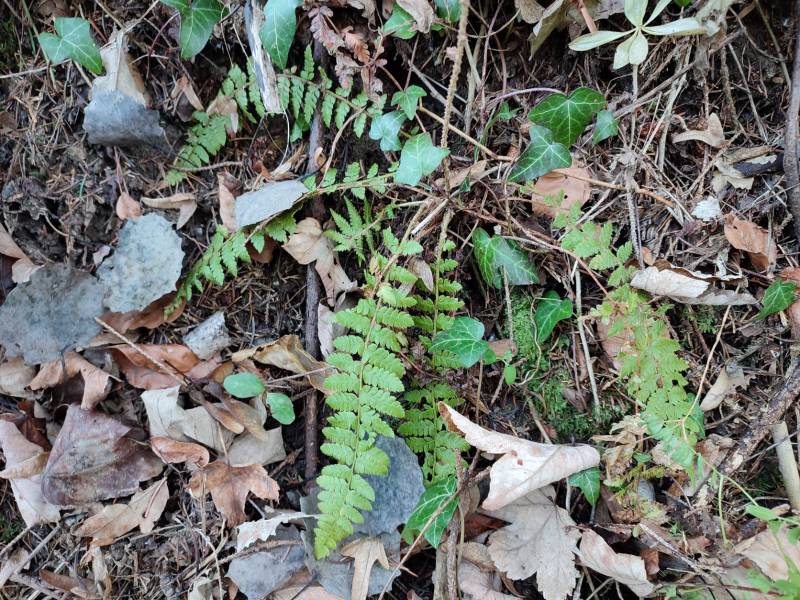

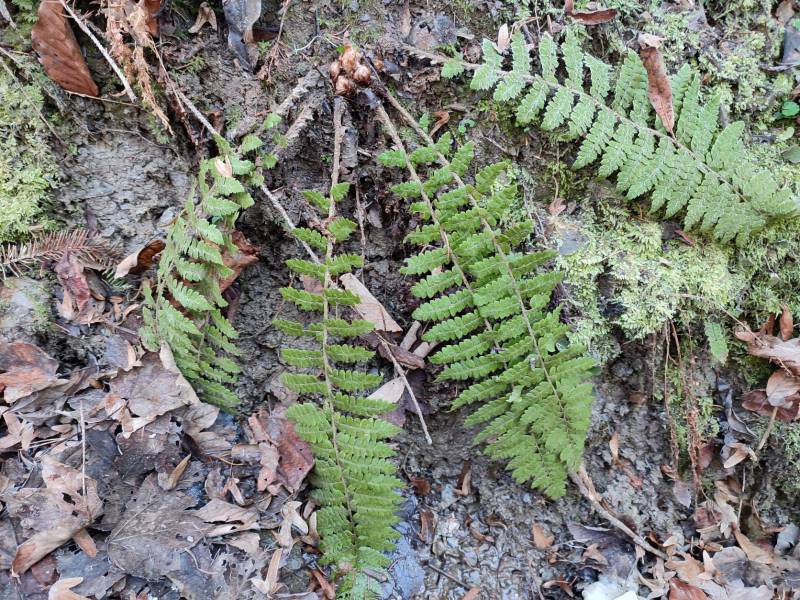
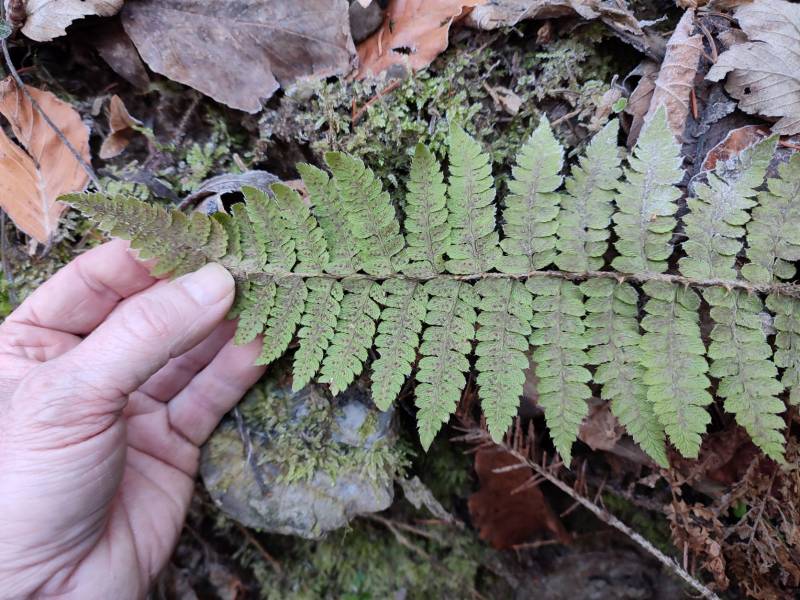





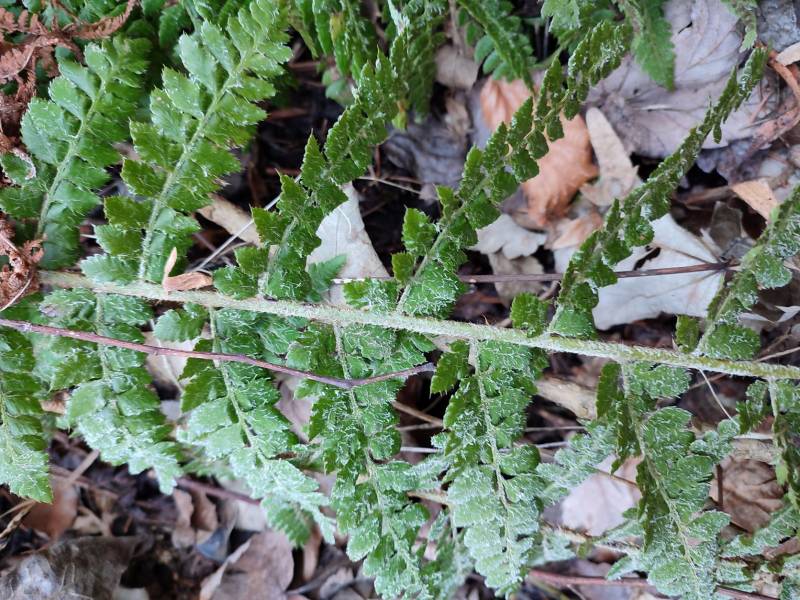
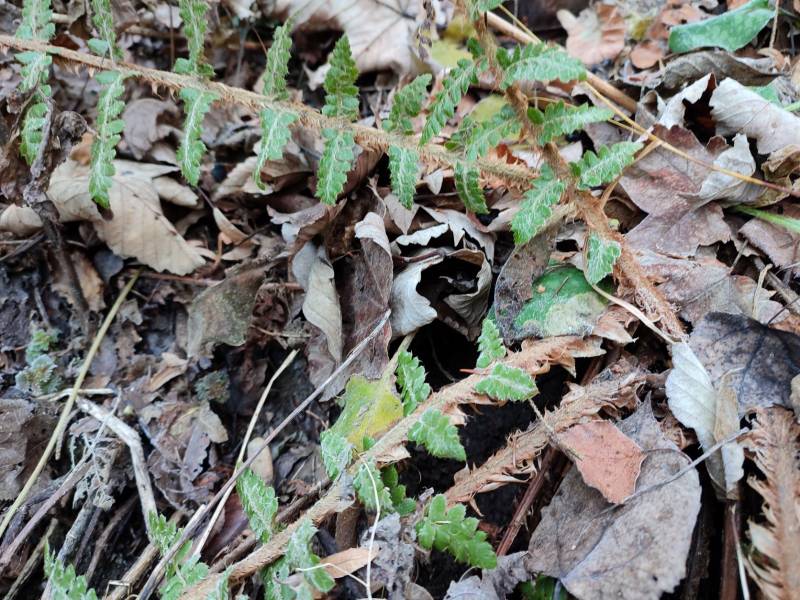
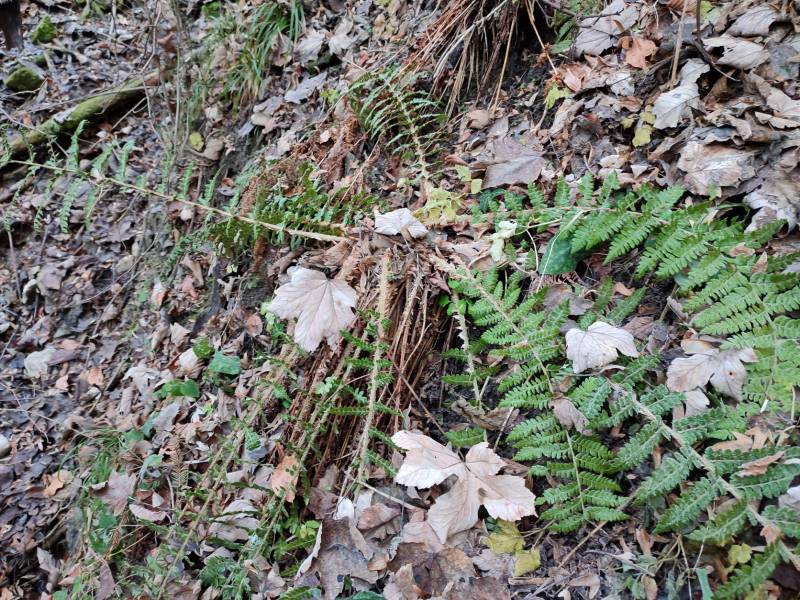
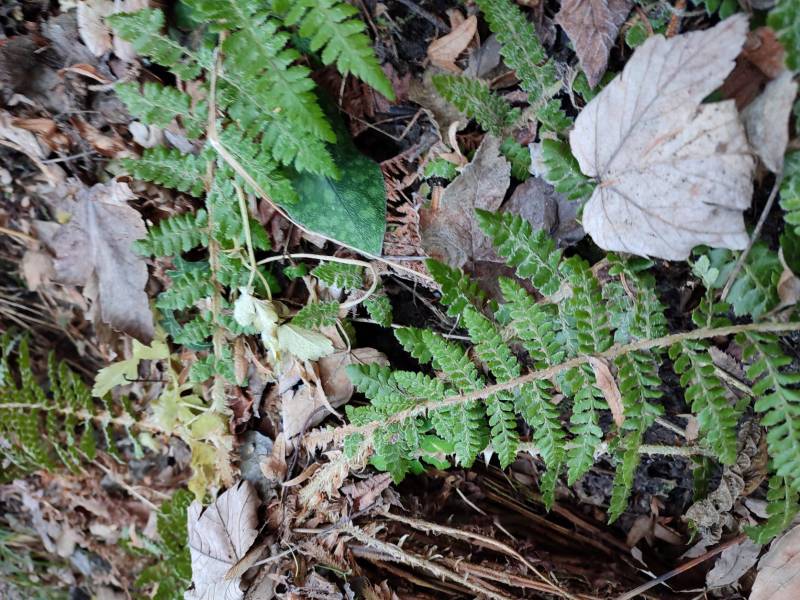
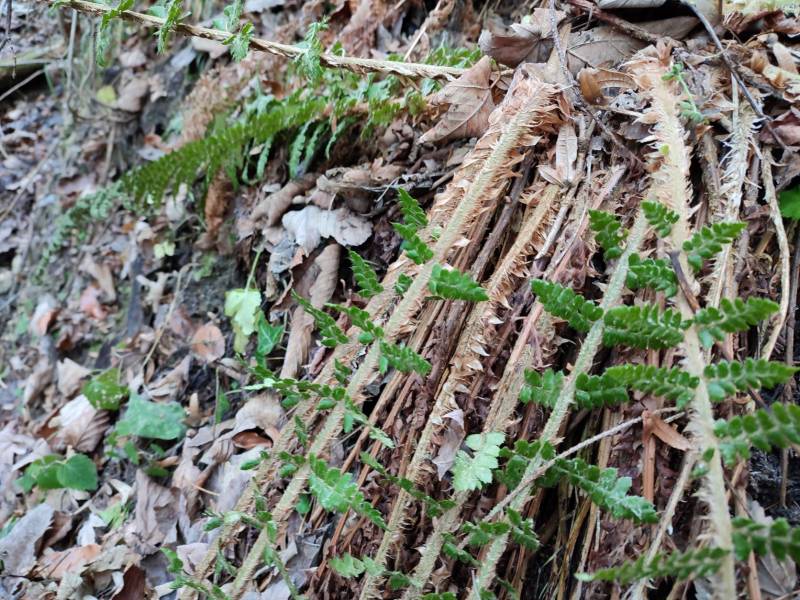


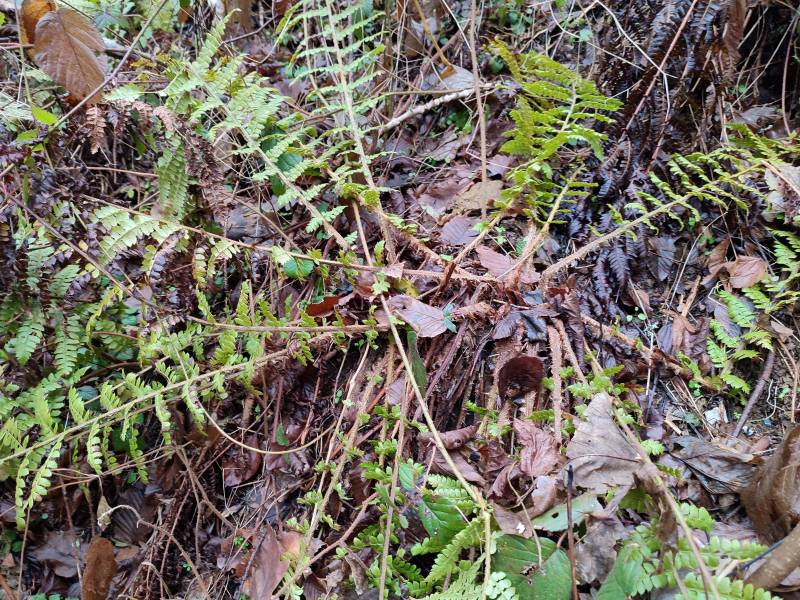
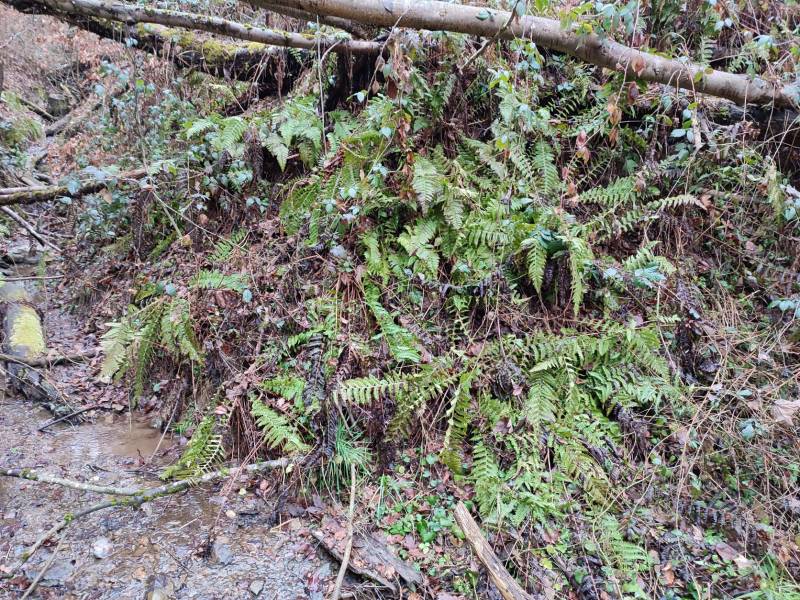

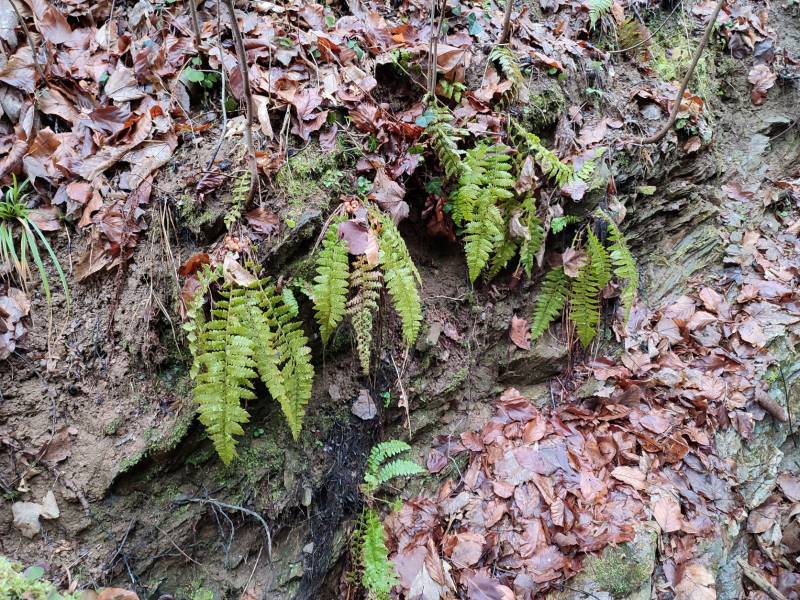
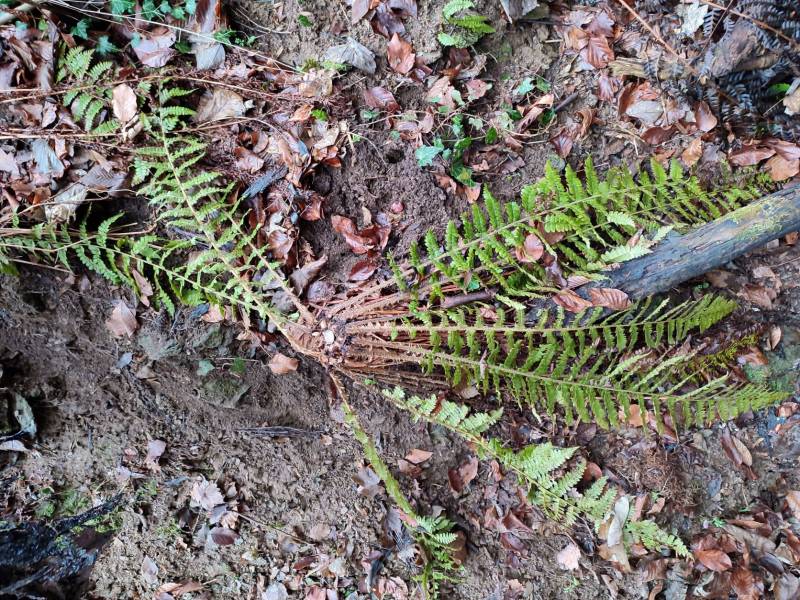




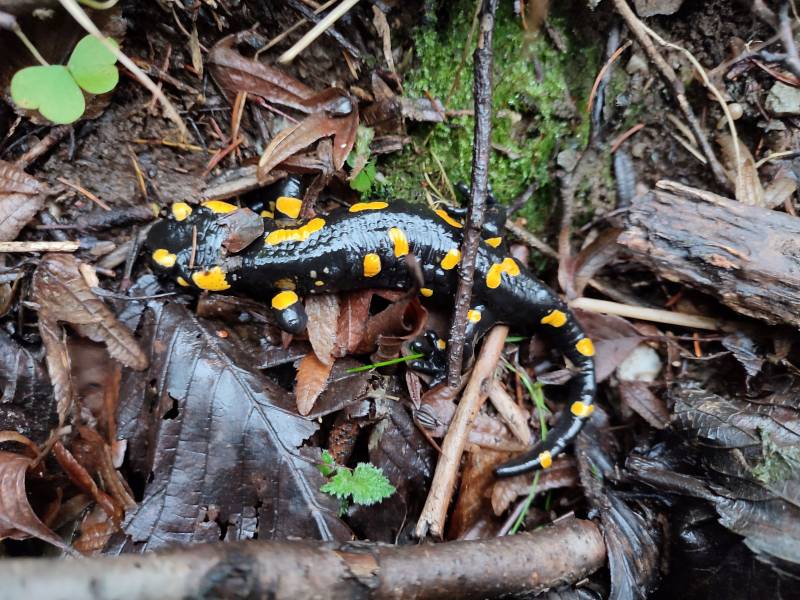

.JPG)

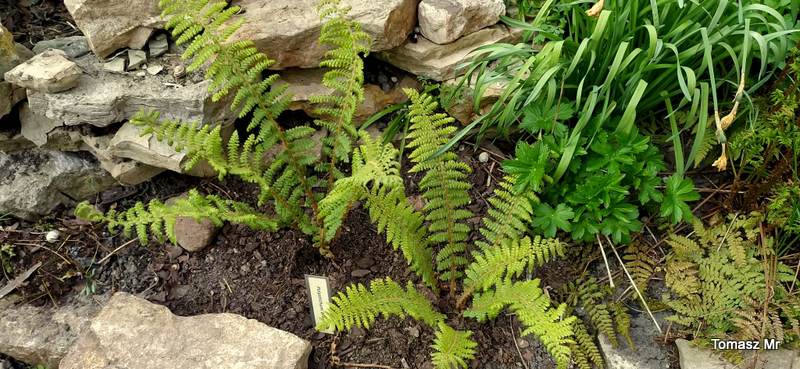

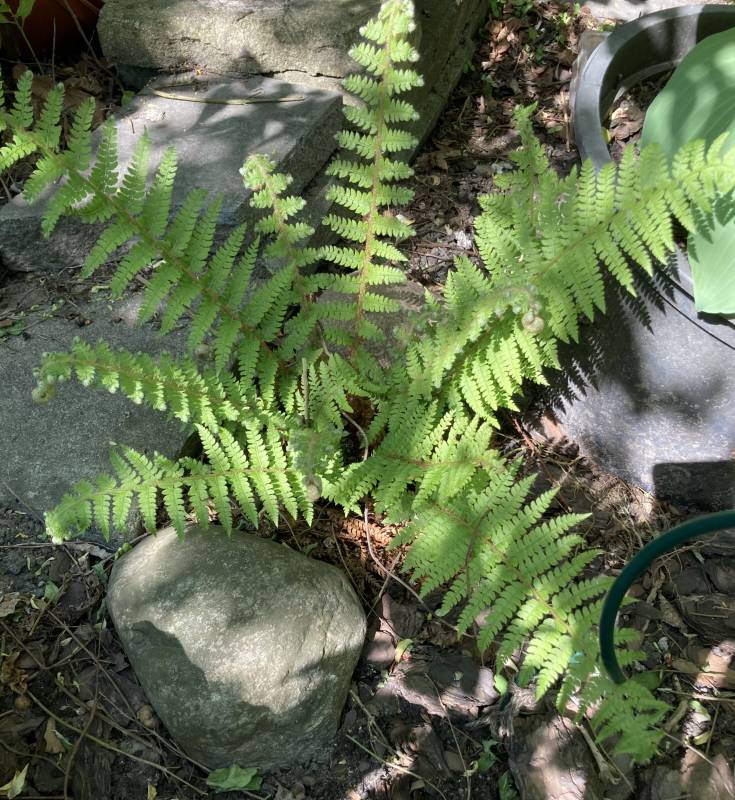
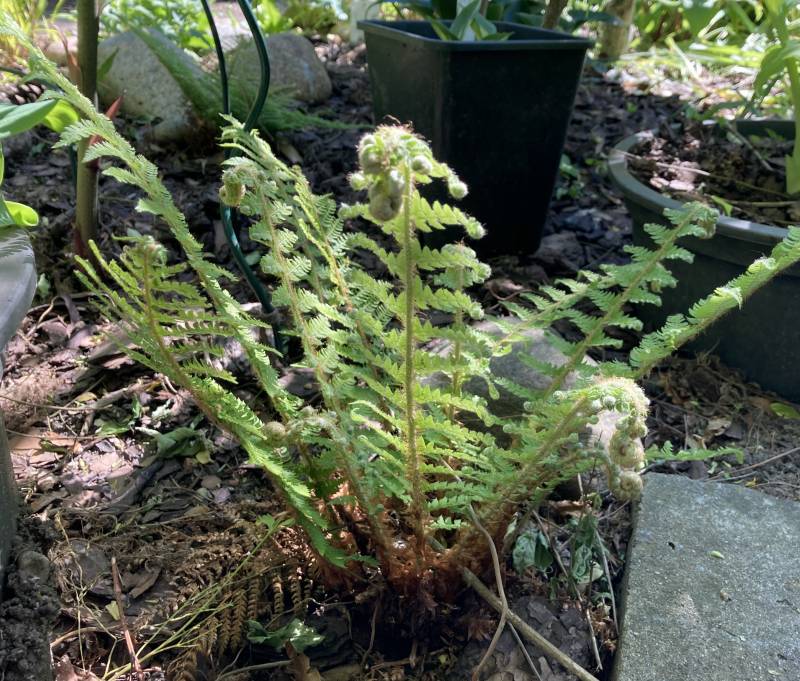


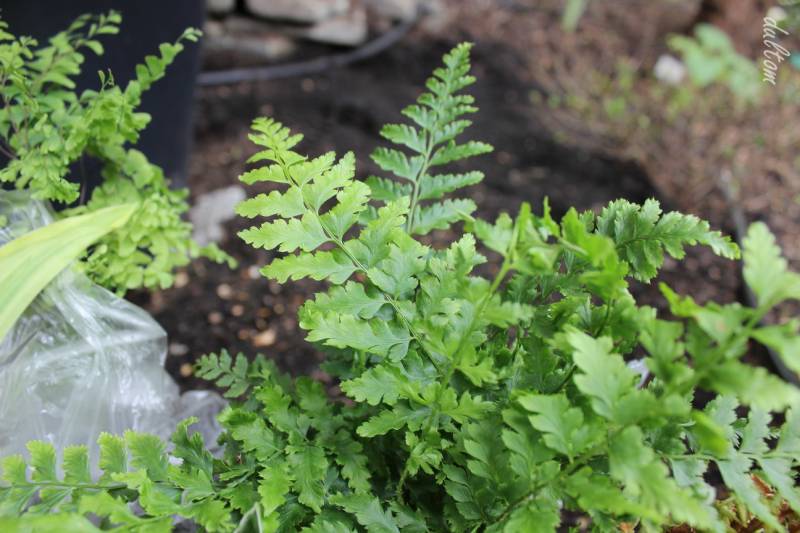
-2-3.jpg)

